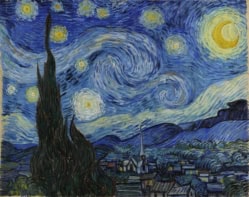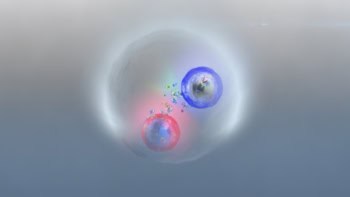The 1999 Nobel Prize for Physics has been awarded to Gerardus 't Hooft and Martinus Veltman for their theoretical contributions to the Standard Model of particle physics. In the early 1970s 't Hooft and Veltman showed how to "renormalize" or remove the infinities from the electroweak theory of Salam and Weinberg, and how to use the theory to make precise calculations of particle properties. The official citation says that the prize has been awarded "for elucidating the quantum structure of electroweak interactions in physics."
‘t Hooft and Veltman were both born in the Netherlands. In 1966 Veltman was appointed as professor of physics at the University of Utrecht, and ‘t Hooft became his PhD student in 1969. By 1971 ‘t Hooft had made several important breakthroughs in the theoretical effort to renormalize the electroweak interaction. Then using a computer program developed by Veltman, the pair verified ‘t Hooft’s partial theory and showed how to perform precise calculations with it.
Salam and Weinberg’s theory had predicted the existence of the W and Z bosons, which carry the electroweak force, but their theory had to be renormalized before it could predict the physical properties of these particles, such as their masses. These predictions were confirmed when the W and Z particles were detected for the first time in 1984.
‘t Hooft is now professor of physics at Utrecht. He received the Wolf Prize in 1982 and the High-Energy Physics Prize of the European Physical Society (EPS) earlier this year. Veltman moved from Utrecht to the University of Michigan in the US in 1981, and won the EPS High Energy Physics Prize in 1993. He retired recently and now lives in the Netherlands.



